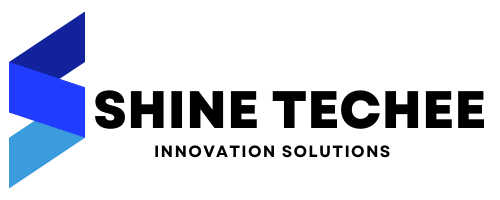Unlocking Growth: A Comprehensive Guide to Lead Generation and Getting Started Effectively
Introduction:
In the dynamic landscape of business, lead generation stands as a cornerstone for sustainable growth. Whether you’re a seasoned marketer or a budding entrepreneur, understanding the fundamentals of lead generation is crucial. In this blog post, we’ll explore the key concepts, strategies, and actionable steps to kickstart your lead generation efforts and pave the way for business success.
1. Define Your Target Audience:
The first step in any successful lead generation strategy is to clearly define your target audience. Understand who your ideal customers are, what challenges they face, and how your product or service provides a solution. This foundational understanding sets the stage for tailored and effective lead generation campaigns.
2. Create Compelling Content:
Content is king in the realm of lead generation. Develop high-quality, relevant content that resonates with your target audience. This could include blog posts, ebooks, webinars, infographics, or any other format that aligns with your audience’s preferences. Valuable content not only attracts leads but also positions your brand as an authority in your industry.
3. Leverage Social Media:
Social media platforms are powerful tools for lead generation. Identify the platforms where your audience is most active and tailor your content accordingly. Engage with your audience, participate in conversations, and use targeted advertising to reach potential leads. Social media provides a direct channel for building relationships and establishing your brand.
4. Optimize Your Website for Conversions:
Your website is often the first point of contact for potential leads. Ensure that it is user-friendly, visually appealing, and optimized for conversions. Implement clear calls-to-action (CTAs), strategically placed lead capture forms, and compelling landing pages. A seamless user experience increases the likelihood of converting visitors into leads.
5. Utilize Email Marketing:
Email marketing remains a potent tool for lead nurturing. Build a targeted email list and craft personalized, engaging campaigns. Use automation to streamline the process, sending the right message to the right people at the right time. Email marketing allows you to nurture leads throughout their buyer’s journey.
6. Offer Incentives and Lead Magnets:
Encourage lead sign-ups by offering incentives or lead magnets. This could be in the form of exclusive content, discounts, free trials, or any value-add that entices potential leads to take action. Create a sense of urgency or exclusivity to prompt immediate engagement.
7. Implement Analytics and Iterate:
Track the performance of your lead generation efforts using analytics tools. Monitor key metrics such as conversion rates, click-through rates, and lead quality. Analyze the data to identify what’s working and what needs adjustment. Continuous iteration is key to optimizing your lead generation strategy over time.
Conclusion:
Lead generation is a dynamic process that requires a strategic approach, creativity, and adaptability. By defining your audience, creating compelling content, leveraging digital channels, optimizing your website, and utilizing analytics, you can establish a robust lead generation framework. Remember, successful lead generation is an ongoing journey of refinement and adaptation to ever-changing market dynamics.
